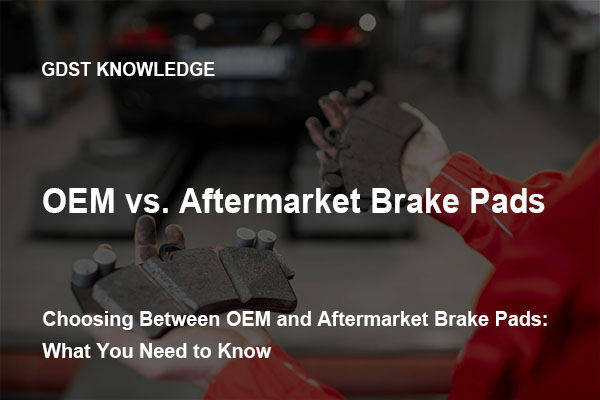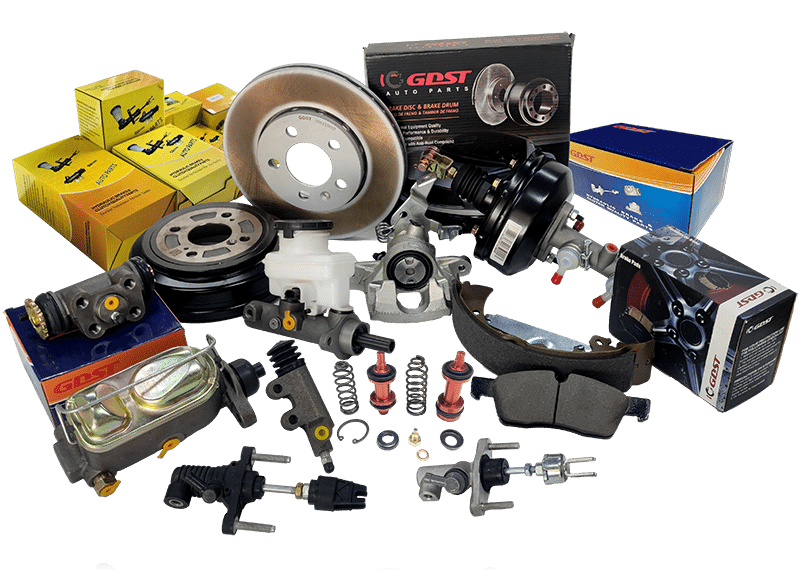When it comes to ensuring vehicle safety and optimal performance, the choice of brake pads plays a pivotal role. Distributors and wholesalers stand at the crossroads of providing their customers with either Original Equipment Manufacturer (OEM) or aftermarket brake pads. Each option harbors its own set of advantages and disadvantages, catering to different priorities and preferences.
This article seeks to shed light on these differences, aiding in an informed decision-making process that enhances vehicle performance and customer satisfaction.
When comparing OEM with aftermarket brake pads, OEM pads have guaranteed compatibility and reliability, often with a warranty. However, aftermarket pads have more options, may perform better in some special conditions, and can be more cost-effective. It depends on what you care about, following the manufacturer’s standard strictly or trying some cost-effective options.
Let’s delve into the specifics to uncover which type of brake pad aligns best with various needs.
What Are OEM Brake Pads?
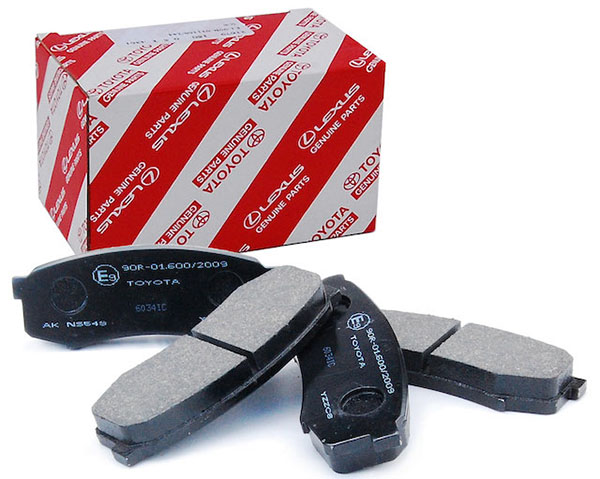
OEM brake pads are Original Equipment Manufacturer brake pads, which are made by the same company that produced the original brake pads for a vehicle.
These pads are designed specifically for the make and model of the vehicle, ensuring that they are matched with the original equipment.
OEM brake pads are typically made with materials and engineering quality that meet or exceed the standards of the vehicle’s manufacturer.
They can provide reliable performance and often a good balance between durability, noise control, and braking efficiency.
What Are Aftermarket Brake Pads?
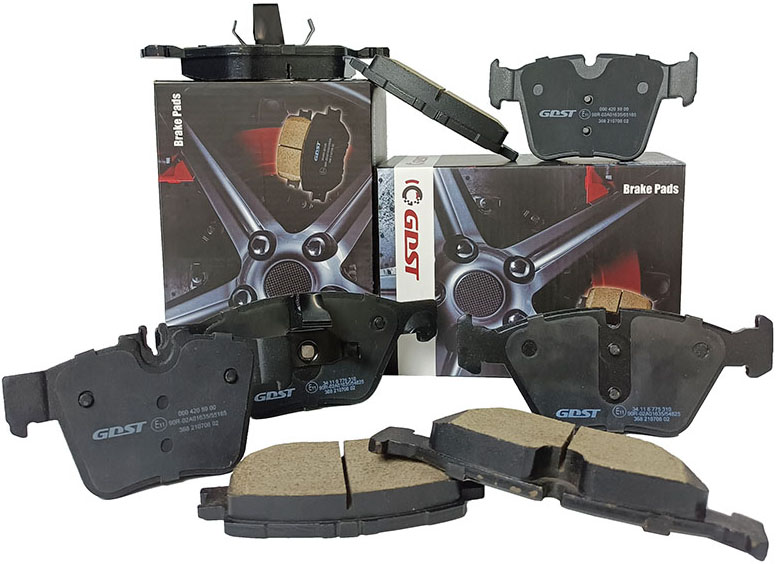
When we talk about aftermarket brake pads, we should know that they are not made by the vehicle manufacturers but are parts for your vehicle. There are many brands, materials, and quality levels for your choice.
Aftermarket means not the original parts, but it doesn’t mean the brake pads are cheap or bad. They are made to a high standard of fit and performance to stop your vehicle.
The brake pad material is the most important part, and we have ceramic, semi-metallic, and organic materials available. You can choose them according to your driving conditions.
Aftermarket brake pads are cheaper, but they can still stop your vehicle and ensure your safety.
OEM vs Aftermarket Brake Pads: What’s the Best Choice?
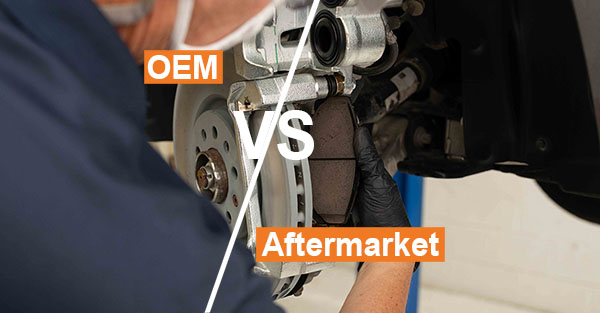
When you replace your brake pads, maybe you will ask one question which one is better to choose – OEM brake pads or Aftermarket brake pads?
Here, let’s make a comparison between the OEM and aftermarket brake pads. You can see the advantages of each kind.
OEM Brake Pads:
- Quality Assurance: OEM brake pads are designed for each specific vehicle model, ensuring high quality and compatibility.
- Warranty and Support: If you use the OEM parts, you can keep the vehicle warranty, and get better support from the dealer or manufacturer.
- Consistency: The performance and feel of OEM pads are consistent, as they are the same as the ones installed on the vehicle originally.
Aftermarket Brake Pads:
- Cost-Effective: Aftermarket pads are often less expensive than OEM pads, providing a budget-friendly option.
- Variety: There are various types of aftermarket pads available, which can meet different requests on performance, durability, and noise reduction. You can choose one based on your driving habits.
- Performance: Some high-quality aftermarket brands can exceed the specifications of OEM pads in performance, especially in specific conditions like racing or heavy-duty use.
In conclusion, if you prefer the original quality and consistency, OEM brake pads may be a better choice. But if you want to find a more cost-effective solution or specific performance characteristics, aftermarket brake pads could be a good alternative. Just make sure to choose a reliable brand with the same or even better quality as OEM parts.

